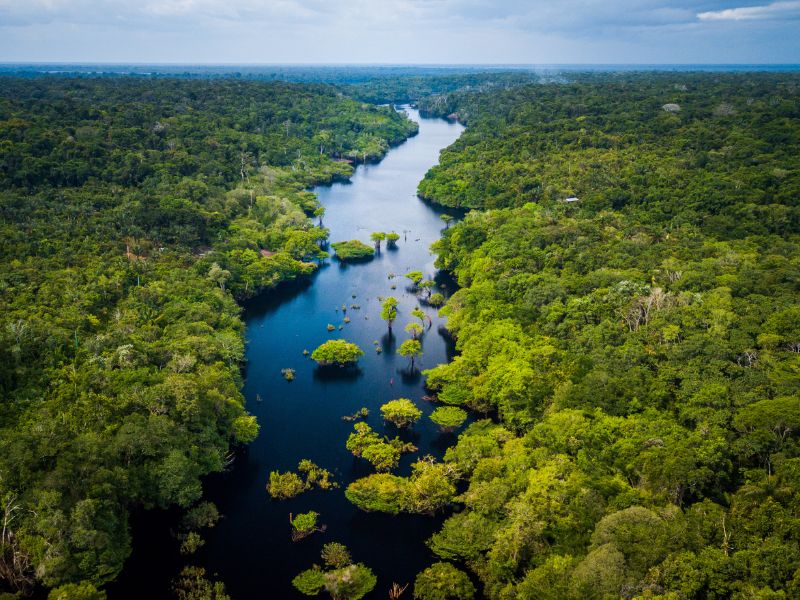
The Emergency Health System in the Amazon
Unique Context and Specific Challenges
Due to its vast territory and dense rainforest, the Amazon presents unprecedented challenges for the emergency healthcare system. The area has a low population density, often accessible only by boat or landing on small airstrips. These logistical limitations make it nearly impossible to provide rapid and effective emergency healthcare services. Small indigenous and rural communities do not have access around the clock and must rely on networks of mobile clinics and telemedicine services for emergency healthcare.
Facilities and Resources
Healthcare facilities range from small local stations to a few large regional hospitals in the few cities of the region, such as Manaus. Many communities are supported by community first responders, healthcare workers who provide basic care and stabilize patients before sending them to better-equipped facilities. Most of these facilities have limited resources and support staff. Lack of basic medical equipment and personnel restrictions are significant obstacles.
The Role of Telemedicine and Mobile Clinics
Another crucial aspect of the operational system is telemedicine, which allows doctors to diagnose and consult remotely on medical cases. This system relies on mobile clinics, land stations along the rivers that travel to isolated areas and provide periodic care at land stations that address a variety of emergency situations, playing an important role in tackling infectious problems, common in the region.
International Initiatives and Collaborations
Several international initiatives aim to strengthen the emergency healthcare system in the Amazon. Organizations like the WHO and various non-governmental groups collaborate with local authorities for healthcare personnel training, infrastructure improvement, and ensuring that medical equipment is available where it is needed. This, in turn, helps reduce mortality and morbidity in the region.
Sources


